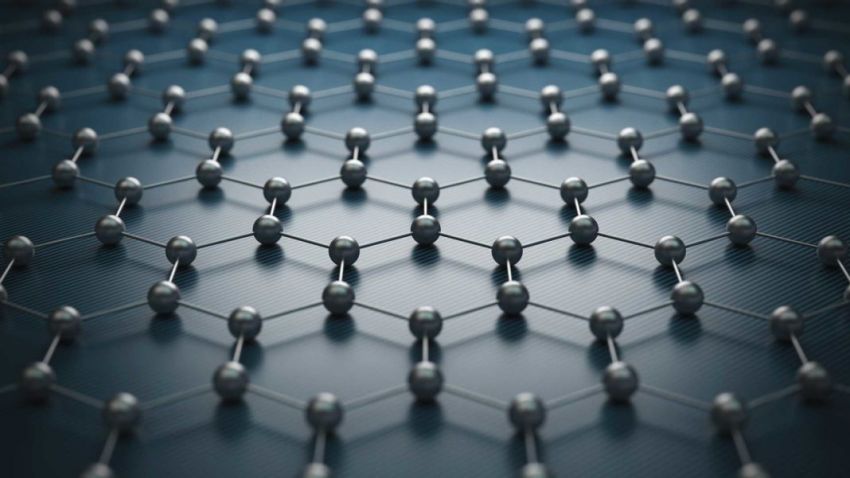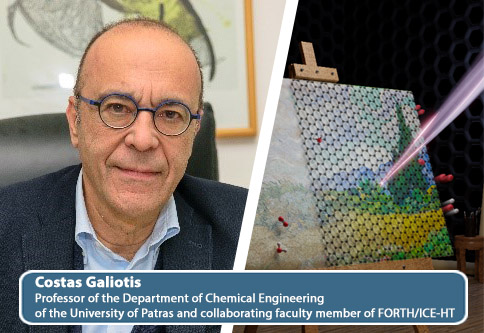Advanced Materials

The pioneering idea of using graphene for the protection of paintings, paving the way for the development of novel methods in art preservation and restoration, has been published on 1.7.21, in Nature Nanotechnology.
 The exposure of colors used in artworks to ultraviolet (UV) and visible light in the presence of oxidizing agents, triggers color degradation, fading and yellowing. These degradation mechanisms can lead to irreversible alteration of artworks, which consist of a valuable heritage for humankind. Protective varnishes and coatings currently used to protect art paintings are not acceptable solutions, since their removal requires the use of solvents, which can affect adversely the underlying work surface.
The exposure of colors used in artworks to ultraviolet (UV) and visible light in the presence of oxidizing agents, triggers color degradation, fading and yellowing. These degradation mechanisms can lead to irreversible alteration of artworks, which consist of a valuable heritage for humankind. Protective varnishes and coatings currently used to protect art paintings are not acceptable solutions, since their removal requires the use of solvents, which can affect adversely the underlying work surface.
A team of researchers from the Institute of Chemical Engineering Sciences of Foundation for Research and Technology-Hellas (FORTH/ ICE-HT), the Department of Chemical Engineering of the University of Patras, and the Center for Colloid and Surface Science (CSGI) of the University of Florence, led by Professor Costas Galiotis, had the innovative ideato use graphene veils for the protection of paintings against environmental degradation.
Since its isolation in 2004 by Geim and Novoselovfrom the University of Manchester (Nobel Prize in Physics in 2010), graphene has been termed as a ‘wonder material’ due to its exceptional properties that have already been used in many applications and products. The graphene veil used in this work is a flexible, transparent film, produced by the technique of chemical vapor deposition. It has a monoatomic thickness and, since there are no size limitations in the other dimensions (length and width), it can cover any required large surface areas.
The results from measurements performed in the above mentioned laboratories, showed that this membrane is impermeable to moisture, the oxidizing agents and other harmful pollutants and also can absorb a large amount of harmful ultraviolet radiation. Finally, in contrast to other protective means, it is demonstrated that these graphene coatings are relatively easy to remove without damaging the surface of the artworks.
This important research work was published on 01.07.2021, in the leading high-impact journal of Nature Nanotechnology. Co-authors in this research article was Maria Kotsidi, Dr. George Gorgolis, Dr. Maria-Giovanna Pastore-Carbone, Dr. George Anagnostopoulos, George Paterakis, Dr. Anastasios Manikas and Dr. George Trakakis (FORTH & University of Patras) and Dr. Giovanna Poggi, and Professor Piero Baglioni from the University of Florence.
Article in Nature Nanotechnology: https://www.nature.com/articles/s41565-021-00934-z
More information:
Costas Galiotis, Professor of the Department of Chemical Engineering of the University of Patras and collaborating faculty member of FORTH/ICE-HT. Tel.:+302610965236, email: c.galiotis@iceht.forth.gr | http://cnm.iceht.forth.gr/








